For decades, the “About Us” page has been treated like a dusty museum exhibit—a chronological collection of dates and milestones displayed under glass, admired briefly, and quickly forgotten. In the current digital economy, that passive approach is a critical failure of strategy. Your “About Us” page is not a static archive; it is a dynamic, high-performance engine for building trust and driving conversions. The fuel for this engine? Strategic storytelling.
This guide moves beyond vague advice and provides a quantifiable, data-driven framework for engineering your brand’s narrative using your about us page. We will deconstruct the essential components of a story that resonates, integrate the non-negotiable SEO elements required for discoverability, and lay out an actionable blueprint to transform your page from a digital footnote into a primary asset that builds unbreakable trust and delivers measurable business results.
The “Why”: Analyzing the ROI of a Narrative-Driven About Us Page

From a purely analytical standpoint, every page on your website must justify its existence with a positive return on investment (ROI). For years, the “About Us” page has been treated as a cost center—an obligatory page with no discernible performance metrics. This view is now obsolete. The objective of a modern “About Us” page is to function as a powerful asset that directly impacts your bottom line by building the single most valuable currency in business: trust.
The data is conclusive. Websites with compelling, narrative-driven “About Us” pages consistently show higher user engagement signals. Metrics such as average time on page increase, while bounce rates decrease. These are not vanity metrics; they are direct indicators to search engines like Google that your content is valuable and resonant, which can positively influence your rankings.
The business impact can be broken down into three core pillars:
- Builds Trust & Authenticity: A story humanizes your brand. It allows a potential customer in Titusville to connect with the people behind the business, not just the services offered. This is the most efficient method for addressing Google’s E-E-A-T (Experience, Expertise, Authoritativeness, and Trustworthiness) guidelines. You are not just claiming you have experience; you are demonstrating it through your history and journey.
- Increases Conversion Rates: A transaction is a logical outcome, but the decision to initiate it is often emotional. By establishing an emotional connection through a shared story or mission, you predispose a visitor to take the next step in the customer journey. They are no longer just buying a product; they are buying into your story.
- Creates Brand Loyalty: In a competitive market, loyalty is your strategic moat. People forget products, prices, and promotions. They remember stories. A compelling narrative about why you started your business and what you stand for is memorable, shareable, and forms the bedrock of a long-term customer relationship.
The Anatomy of a Compelling Brand Story

To engineer an effective narrative, you must first understand its essential components. This is not a simple checklist of facts but the structural framework of a story designed to connect with your specific audience.
The Origin Story & The “Aha!” Moment
This is the inciting incident of your business. Resist the impulse to state, “We were founded in 2010.” That is a data point, not a story. Instead, answer the critical question: What specific problem, frustration, or inefficiency existed in the world—or right here in Northwestern Pennsylvania—that sparked the founding of this business? Detail the founder’s unique insight, the moment of clarity when the solution became obvious. This is the “Aha!” moment that makes your origin relatable and necessary.
The Mission & The Antagonist
Your mission statement is your story’s central plot. It is what your business fights for every day. To make it compelling, you must also define the antagonist. The antagonist is not a competing company; it is the problem you exist to solve. For a financial advisor, the antagonist might be “financial uncertainty.” For a local manufacturer, it might be “inefficient supply chains” or “overseas competition.” Frame your business as the protagonist on a mission to defeat this antagonist for your customers.
Core Values in Action
Do not simply list your values. Words like “Integrity,” “Quality,” and “Innovation” are meaningless without proof. Your objective here is to show, not tell. For each core value, provide a brief, concrete example or anecdote of how your company has embodied it.
- Instead of: “We value customer service.”
- Try: “When a blizzard hit Crawford County last winter, we knew our elderly clients couldn’t be left without heat. Our team worked through the night to ensure every emergency call was answered before morning. That’s what service means to us.”
The Human Element: “Meet the Team”
Your team is the cast of your story. Introduce key personnel with more than just their job titles. Include a high-quality, professional photograph and a brief statement about what drives them or why they are passionate about solving your customers’ problems. This transforms your business from a faceless entity into a team of dedicated, relatable experts.
The Vision for the Future
A great story doesn’t just end; it points toward the future. Where is your company going? Briefly articulate your vision and, most importantly, frame it in a way that includes the customer in that ongoing journey. You aren’t just building a company; you are building a better future with and for your community.
A Step-by-Step Framework for Writing Your Story

This is the tactical execution phase. Follow this logical progression to construct your narrative from the components identified above.
- Step 1: Identify Your Protagonist. For most small- to medium-sized businesses, the protagonist should be the founder or the founding team. A personal, founder-led story is inherently authentic. The protagonist is the one who saw the problem and decided to act.
- Step 2: Define the Core Conflict. What was the central challenge, obstacle, or frustration the protagonist faced? This creates the tension that will hold the reader’s attention. “I couldn’t find a reliable machinist in the region…” or “Our town was losing its manufacturing base…”
- Step 3: The Climax: Finding the Solution. This is the turning point of the narrative—the creation of your business. It is the moment the protagonist took action and developed the product, service, or methodology that resolved the core conflict.
- Step 4: The Resolution: Demonstrating Success. Show the positive outcome of your solution. This is the ideal place to weave in key milestones, achievements, or even a powerful customer testimonial. The resolution proves your business model and validates the protagonist’s journey.
- Step 5: First Person vs. Third Person? This is a tactical decision based on your desired brand perception.
- First Person (“I,” “We”): Optimal for building a direct, personal connection. It is highly recommended for founder-led businesses and most local service providers. It feels authentic and immediate.
- Third Person (“He,” “They”): Creates a perception of greater scale, authority, and formal structure. This can be effective for larger B2B companies or institutions aiming for an authoritative, industry-leader tone.
- Recommendation for 2025: For most small businesses, the authenticity of the first-person “We” narrative is more powerful and effective at building trust.
Integrating Technical & Local SEO for Maximum Impact

A superior story is useless if it cannot be found. Integrating technical SEO is not an optional step; it is critical for ensuring your narrative reaches its intended audience.
Keyword Integration
Your primary goal is to be found by customers searching for your services. Your story must naturally incorporate these keywords. For a business in Titusville, this means going beyond generic terms.
- Generic: “We are a leading provider of HVAC services.”
- Local SEO Storytelling: “For over 25 years, our family has been the trusted name for HVAC repair in Titusville. We started this business because we believe every home in Crawford County deserves reliable heating in the winter and cool air in the summer.”The keywords feel natural because they are part of the story’s context.
E-E-A-T and Schema Markup
Your About Us page is your primary vehicle for demonstrating E-E-A-T. Reinforce your story’s claims with explicit facts: years of experience, certifications, industry awards, and professional affiliations. Then, translate this information into a language search engines can process using Schema.org markup. Implement Organization schema on your page, and for key personnel, use Person schema. For local businesses, LocalBusiness schema is non-negotiable. This structured data provides unambiguous signals of your legitimacy to Google.
Multimedia and User Engagement
Incorporate high-quality multimedia elements to enhance your story and improve on-page metrics.
- Video: A 90-second video of the founder telling the origin story is an incredibly powerful asset. It’s personal, engaging, and significantly increases time on page.
- Images: Use professional photos of your team, your facility, and your work in action. Every image must have descriptive
alt textfor both accessibility and SEO, for instance,alt="John Smith, lead machinist at Titusville Precision Machining". - Call-to-Action (CTA): Your story must lead somewhere. Conclude the page with a clear, direct CTA, such as “Request a Consultation,” “View Our Project Gallery,” or “Contact Our Team.”
Real-World Examples & Templates
Theory must be grounded in application. Let’s analyze a hypothetical scenario.
Example Analysis: Good vs. Ineffective
- Ineffective (Titusville Machine Shop): “Titusville Machine Shop was founded in 1998. We offer CNC milling, turning, and grinding. Our mission is quality. Our team is experienced. Contact us for a quote.”
- Analysis: This is a list of facts. It is unmemorable, builds no connection, and fails to differentiate them from any competitor.
- Good (Titusville Machine Shop): “In 1998, our founder, a third-generation machinist, saw local manufacturing jobs moving overseas. He refused to let that tradition die in Titusville. He started with a single lathe in his garage, driven by one mission: to provide world-class precision parts with the integrity of a handshake deal. Today, we’ve grown, but that mission—and that commitment to our community—is machined into every part we make. Meet the team carrying on that legacy…”
- Analysis: This story has a protagonist, a conflict (jobs leaving), a mission (quality & integrity), and a vision. It connects the business to the community and builds immediate trust and respect.
A Simple “Our Story” Template
Use this framework as a starting point. Replace the bracketed text with your own details.
- It all started back in [Year]. Our founder, [Founder’s Name], was working as a [Previous Job/Role] when they noticed a serious problem: [Describe the core problem or inefficiency you solve].
- For people in [Your City/Region], it meant [Describe the negative impact of the problem]. Frustrated by this, [Founder’s Name] believed there had to be a better way.
- Driven by the core values of [Value 1] and [Value 2], they [took an action – e.g., quit their job, cashed in their savings, drew up a blueprint]. That was the moment [Your Company Name] was born.
- Today, our mission remains the same: to [Your Mission Statement]. We’re proud to have [mention a key achievement] and to serve the community that we call home.
Conclusion: Your Story is Your Strategy
Your “About Us” page is a strategic asset awaiting deployment. By engineering a compelling narrative and reinforcing it with sound technical SEO, you transform a passive page into an active conversion tool. It is the most effective mechanism for demonstrating your value, building trust with your audience, and differentiating your business in a crowded marketplace. Stop documenting your history and start telling your story. The data is clear: a great story doesn’t just get told; it gets results.







